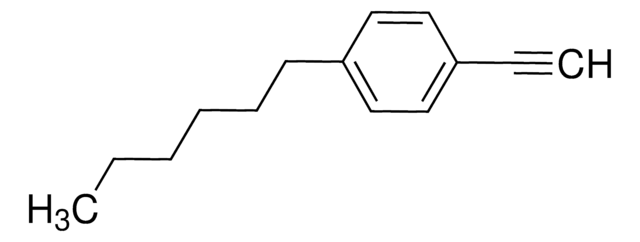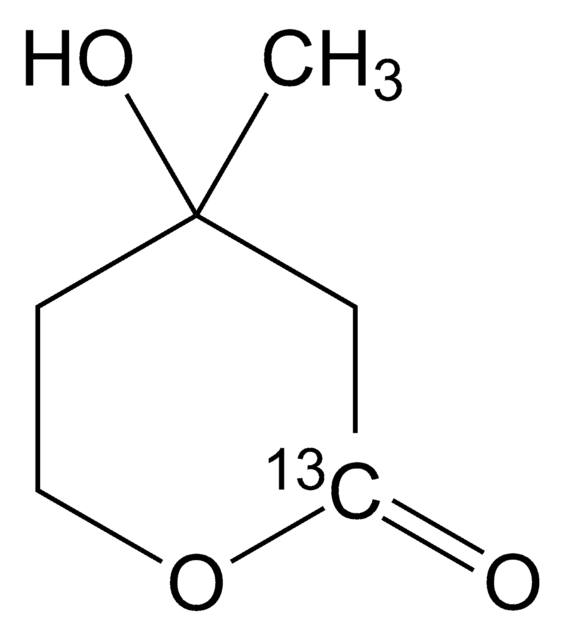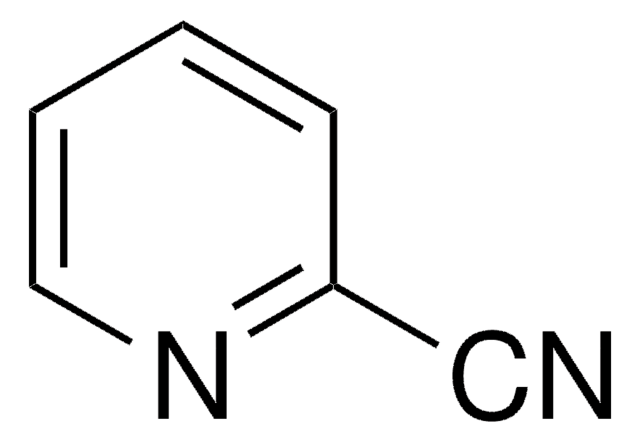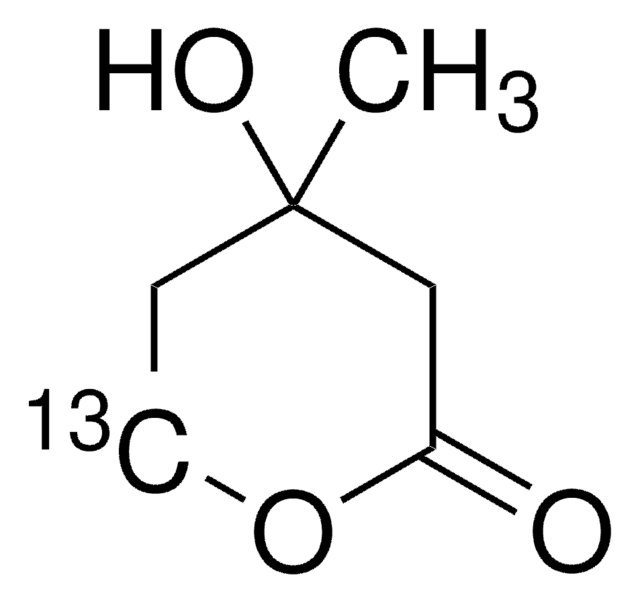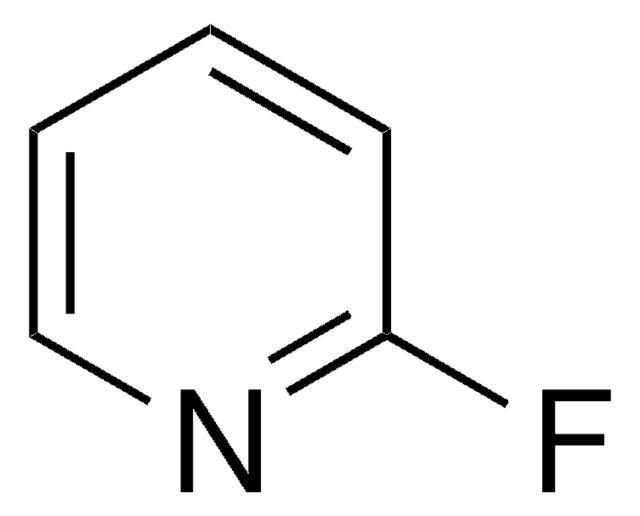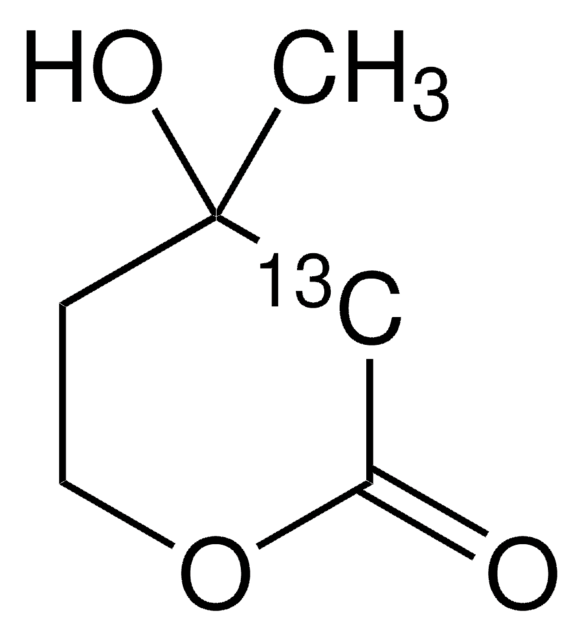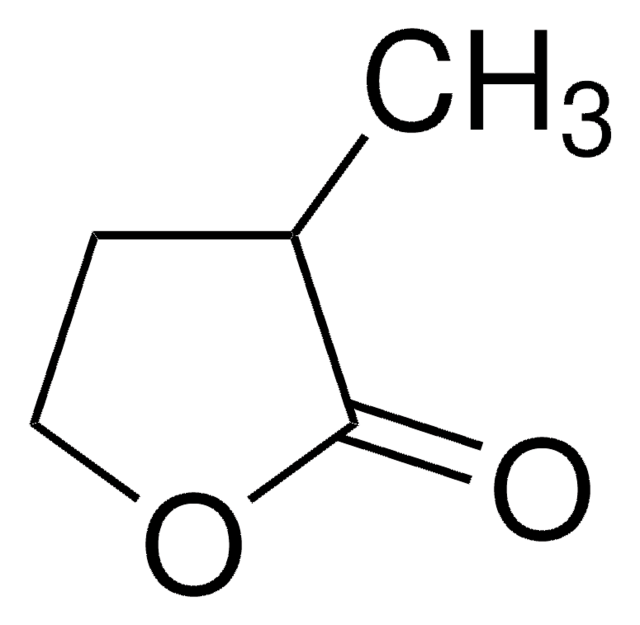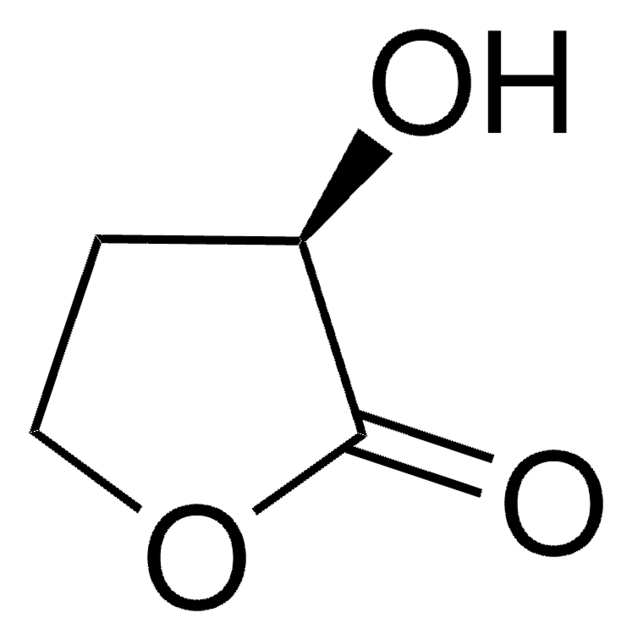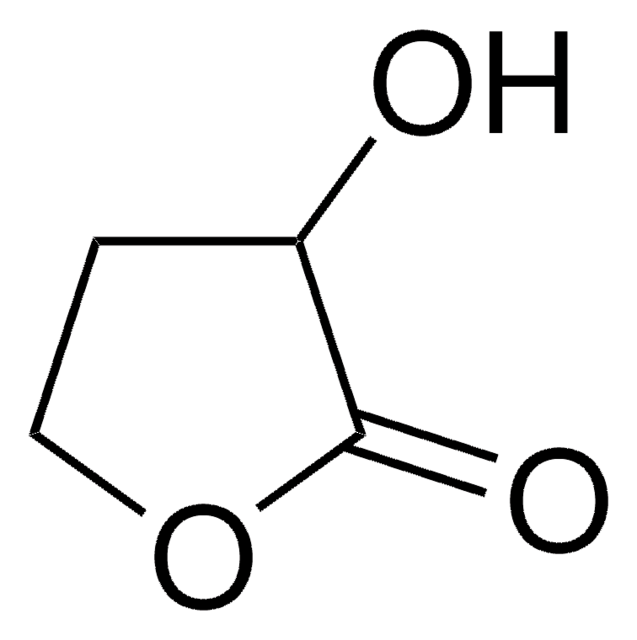All Photos(1)
About This Item
Linear Formula:
C6H5OCH2CH2CN
CAS Number:
Molecular Weight:
147.17
EC Number:
MDL number:
UNSPSC Code:
12352100
PubChem Substance ID:
NACRES:
NA.22
Recommended Products
Assay
98%
mp
58-61 °C (lit.)
SMILES string
N#CCCOc1ccccc1
InChI
1S/C9H9NO/c10-7-4-8-11-9-5-2-1-3-6-9/h1-3,5-6H,4,8H2
InChI key
IXAUFLAHUXISCH-UHFFFAOYSA-N
General description
3-Phenoxypropionitrile is an aryl nitrile that can be synthesized by the reaction of acrylonitrile with phenol, catalyzed by (IPr)Cu(OPh) (IPr=1,3-bis(2,6-diisopropylphenyl)imidazol-2-ylidene; Ph=phenyl).
Application
3-Phenoxypropionitrile may be used as a starting material in the synthesis of a phenol novolak-type polymer.
Signal Word
Warning
Hazard Statements
Precautionary Statements
Hazard Classifications
Acute Tox. 4 Dermal - Acute Tox. 4 Inhalation - Acute Tox. 4 Oral
Storage Class Code
10 - Combustible liquids
WGK
WGK 3
Flash Point(F)
Not applicable
Flash Point(C)
Not applicable
Personal Protective Equipment
dust mask type N95 (US), Eyeshields, Gloves
Choose from one of the most recent versions:
Certificates of Analysis (COA)
Lot/Batch Number
Don't see the Right Version?
If you require a particular version, you can look up a specific certificate by the Lot or Batch number.
Already Own This Product?
Find documentation for the products that you have recently purchased in the Document Library.
Formaldehyde polymers, 28. Synthesis of a high molecular weight novolak-type Polymer.
Ninagawa A and Matsuda H.
Makromol. Chem., Rapid Commun., 2(6-7), 449-452 (1981)
Anti-Markovnikov NH and OH additions to electron-deficient olefins catalyzed by well-defined Cu (I) anilido, ethoxide, and phenoxide systems.
Munro-Leighton C, et al.
Journal of the American Chemical Society, 128(5), 1446-1447 (2006)
Yusuke Yamamoto et al.
The Journal of toxicological sciences, 44(9), 585-600 (2019-09-03)
Amino acid derivative reactivity assay (ADRA) has previously been developed as an alternative method to direct peptide reactivity assay (DPRA) to evaluate key event 1 in skin sensitization mechanisms. However, when using alternative methods for skin sensitization, integrated approaches to
Our team of scientists has experience in all areas of research including Life Science, Material Science, Chemical Synthesis, Chromatography, Analytical and many others.
Contact Technical Service